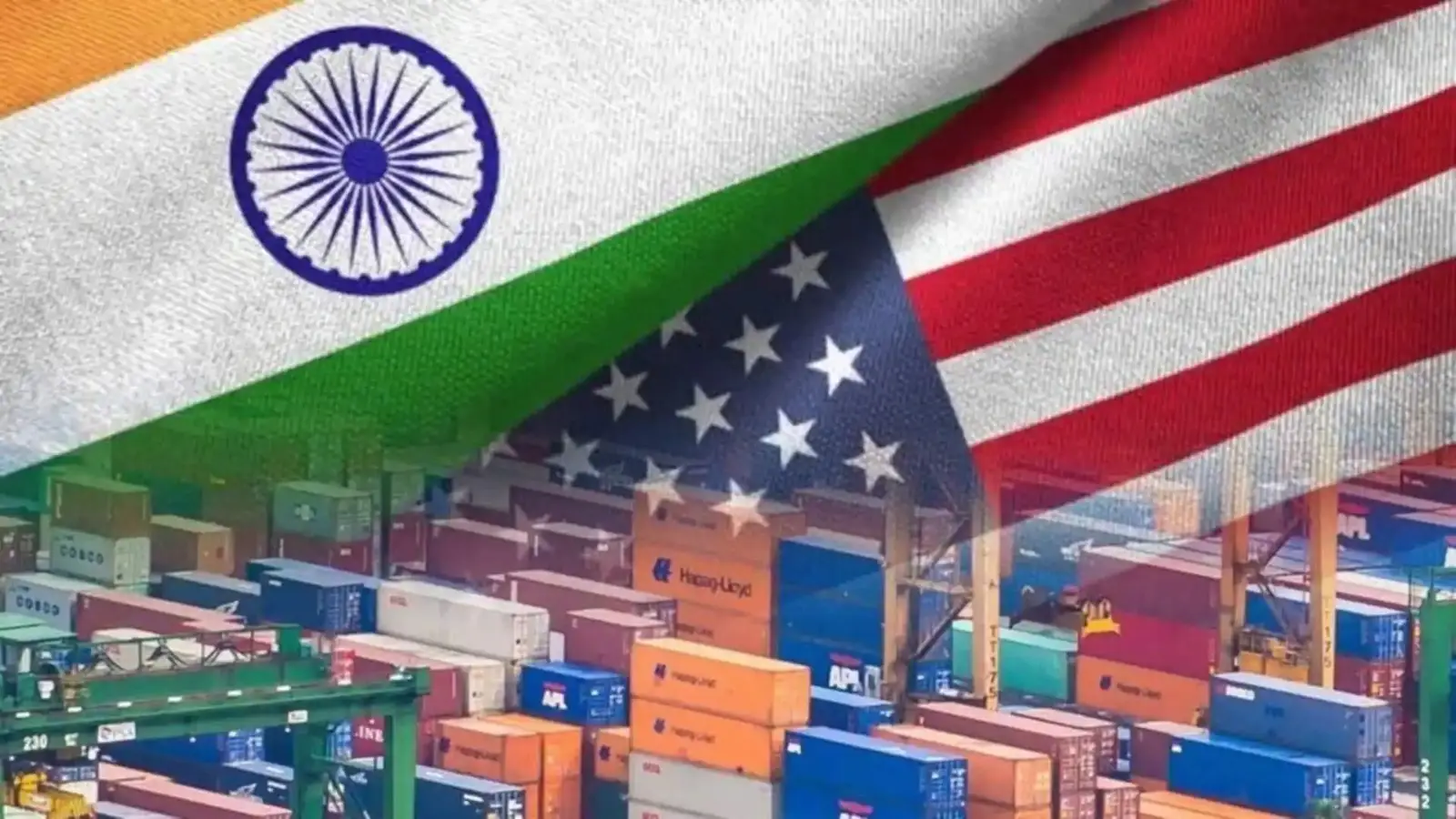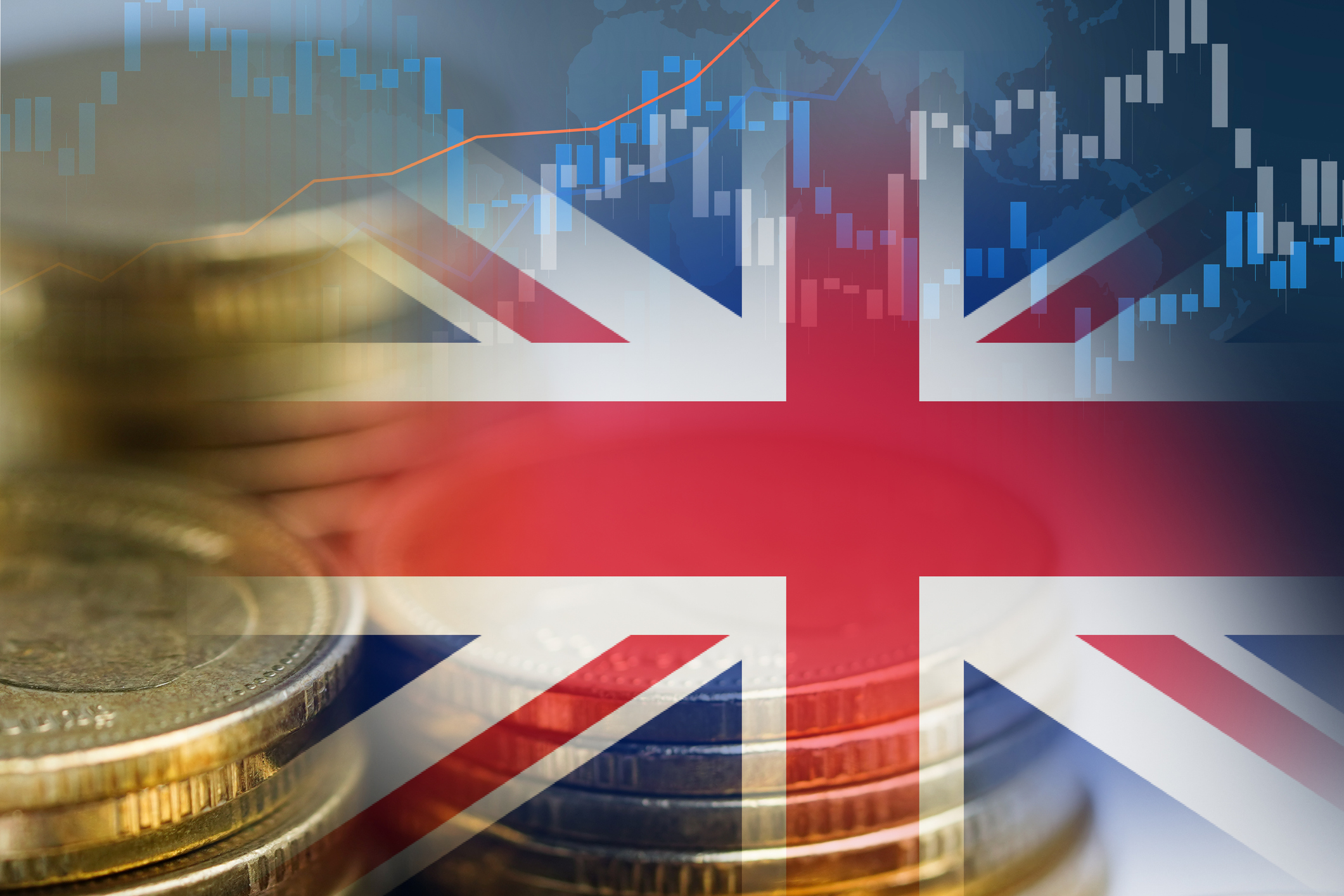By Nitin Waghela
Copyright republicworld

While the centre is keen on providing policy driven support to Indian exporters impacted by the punitive tariffs imposed by the US, Chief Economic Adviser (CEA) V Anantha Nageswaran on Thursday signalled that resolving tariff induced trade concerns was likely to occur soon.At the recently held Merchants’ Chamber of Commerce & Industry event, CEA said, “It is my intuition that I do believe the penal tariff will not be there after November 30.”Further he said, “All of us are already at work, and I will take some time to talk about the tariff here. Yes, the original reciprocal tariff of 25 per cent plus the penal tariff of 25 per cent both were not anticipated. I still believe that geopolitical circumstances may have led to the second 25 per cent tariff.”After a delay in holding the sixth round of bilateral US-India trade talks, delegations from both sides reiginted fresh round of discussions this month.US President Donald Trump also wished his ‘friend’ PM Modi on the ocassion of the latter’s 75th birthday celebrations.In response, Prime Minister Narendra Modi, “I am also fully committed to taking the India-US Comprehensive and Global Partnership to new heights.”Speaking on the tariff led chill in trade discussons between two major democracies, CEA said, “I do believe that there will be a resolution in the next couple of months on the penal tariff and hopefully on the reciprocal tariffs,” he said mentioning the continued talks between India and US.”He also highlighted India’s export growth, currently at USD 850 billion annually, is on track to reach USD 1 trillion, representing 25 per cent of GDP, indicating a healthy, open economy.Trump had invoked the International Emergency Economic Powers Act (IEEPA), a 1977 law crafted for sanctions and financial controls in times of foreign emergencies, to impose reciprocal tariffs on dozens of countries. India was slapped with 25 per cent tariffs, but the rate of tariffs was increased to 50 per cent.The 50 per cent tariffs on imports from India to the United States came into effect on Wednesday.The higher duties are applicable to all Indian products that are either entered for consumption in the U.S. or withdrawn from warehouses for consumption. With this, the 50 per cent tariffs on India’s imports to the U.S. are now in effect.The US Customs notification also highlighted that while most products from India will face the higher duties along with any other applicable charges like antidumping or countervailing duties, some items are excluded.It covers certain products listed separately in the U.S. tariff schedule. Items made of iron and steel, including some of their derivatives, will not face the additional duty. The same applies to aluminium products and their derivatives.Passenger vehicles such as sedans, SUVs, crossovers, minivans, cargo vans, and light trucks are also exempt, along with their spare parts. In addition, semi-finished copper products and some intensive copper derivatives are excluded from the higher tariffs.The 50 per cent tariff mainly applies to Indian imports, key categories like iron, steel, aluminium, vehicles, parts, and copper products have been kept out of its scope.According to a report by the Global Trade Research Initiative (GTRI), about 30.2 per cent of India’s exports to the United States, valued at USD 27.6 billion, will continue to enter the U.S. market duty-free despite the imposition of higher tariffs.



